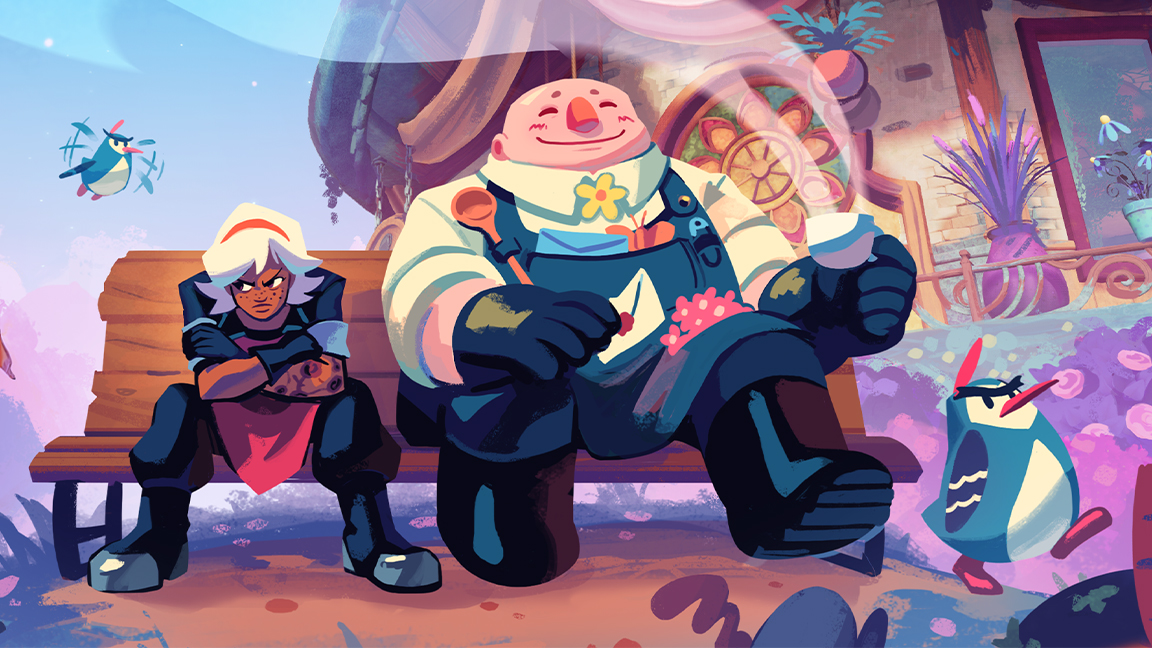
After the acclaim of The Stanley Parable and the polarising response to The Beginner's Guide, one thing you can be certain of is to expect the unexpected from game developer Davey Wreden's narrative-based games. You just might not have expected that his next game Wanderstop, developed under new studio Ivy Road, would be a cosy game about making tea.
Created in Unreal Engine using Blueprints, Wanderstop is another example of the visual scripting, or no-code game development. It's putting more creativity in the hands of artists, like Temi Olujobi, the game's art director, environment lead and level designer. "I've made tons of games that maybe have 'cosy' elements. There might not be a win condition for the game, I'm really just crafting an experience for folks to complete, so there's no more focus on spending time in the environment rather than competing."
Looking to other cosy games and the art precedence they established was an important part of research then, as Olujobi cites Alba: A Wildlife Adventure as one major inspiration, as well as My Time at Portia and Stardew Valley. "Alba was a great reference for coming up with both the level design and also the cosy aesthetic for Wanderstop, because a lot of the gameplay takes place within a single world that you're kind of island hopping on, and so the layout was super simple," they explain. "Then the main gameplay is just you and the environment, so that the environment is also like a main character."
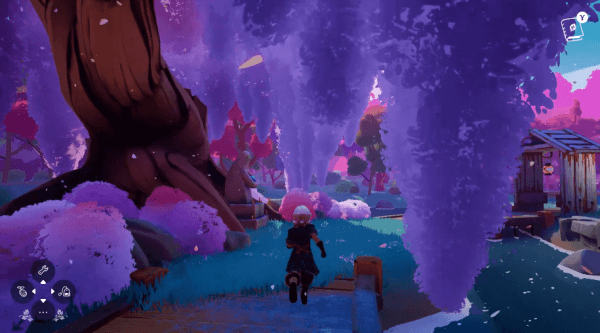
Olujobi also took inspiration from historical Western art styles, notably impressionist art and art nouveau. "Impressionist art is used for our vegetation, and I think it works for cosy games really well, because it totally evokes a lot of feeling, you can almost feel the colours in the environment and feel the textures of them," they continue. "Art nouveau is a very decadent and indulgent style of art, making super intricate shapes and silhouettes, all based on natural forms and nature. And I think that also worked for Wanderstop, because the environment is like a character in the game."
Besides the environments, the centrepiece of Wanderstop is arguably the Rube Goldberg-inspired tea making contraption that sits at the centre of the shop, simply referred to as the tea machine. It looks wonderfully complex, and quite deliberately so.
"Initially, it was one orb, but Davey wanted to make it more elaborate, because that was the main core gameplay that we had at the time," Olujobi explains. "He started iterating on different numbers of orbs to have within the tea making process. After much testing and feedback from folks on the team, he settled on three orbs, one for mixing, one for heating, and one for pouring."
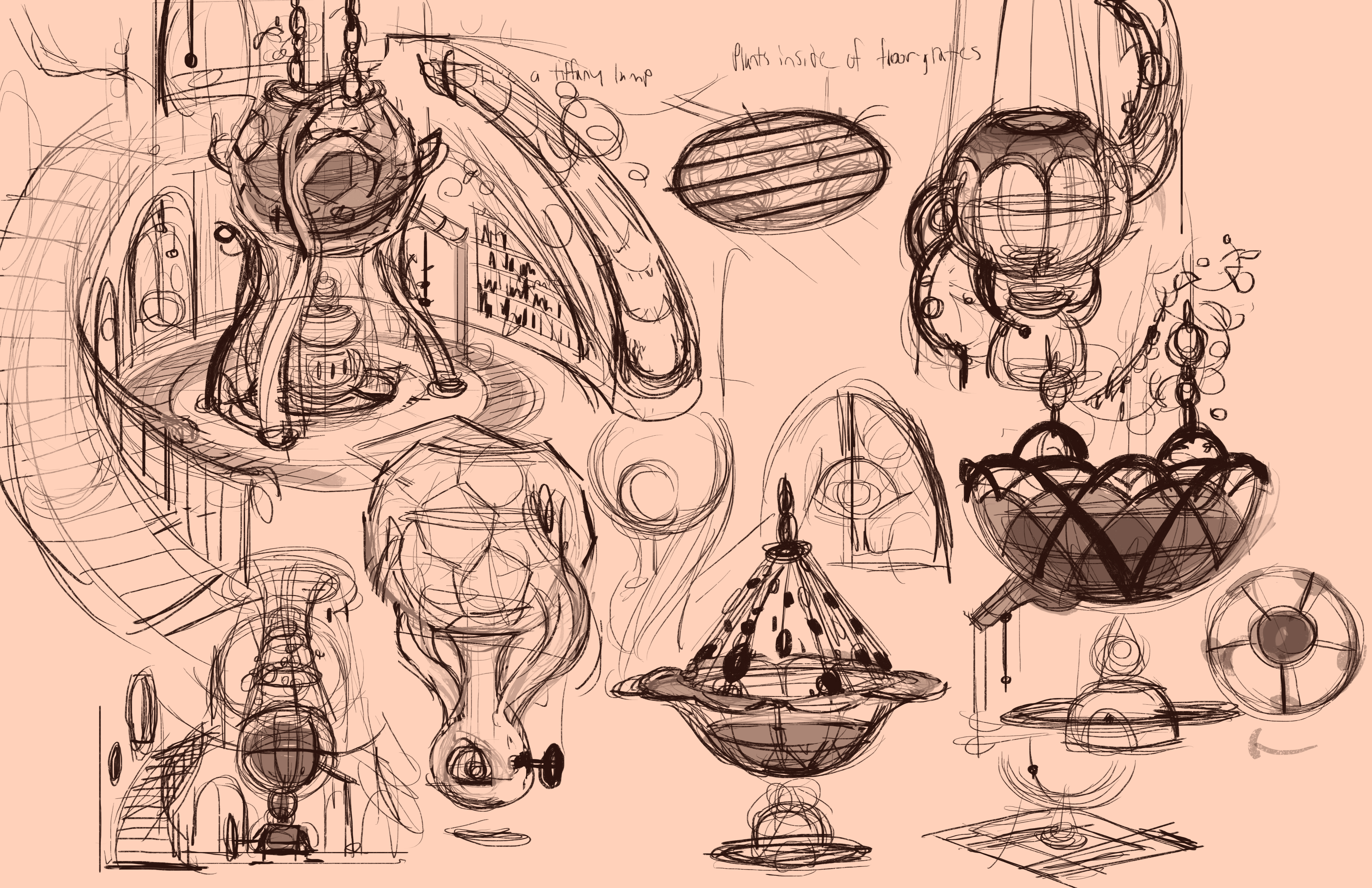
The result is something rather delightful despite you just getting a small cup of tea as the end result. But it's having such a simple task made so visually elaborate that makes it so charming.
What's also surprising is that while many indie games of a cosy nature, including some of the aforementioned examples, tend to be made in Unity, Wanderstop is actually made with Unreal Engine, owing to its Blueprints visual scripting feature.
"There were plenty of technical things that we did with Unreal that were extremely helpful to pulling off the cosy aesthetics of the game, but as someone not trained in computer science, Blueprints allowed me to make tools that allowed me to make faster art," they explain. "I had to make a ton of tools in Unreal that I couldn't have made in Unity at the time. When we started this project, I think Unity was still in its newer phase of visual scripting, and Blueprints was ahead of the game and way easier for non-programmers to use."
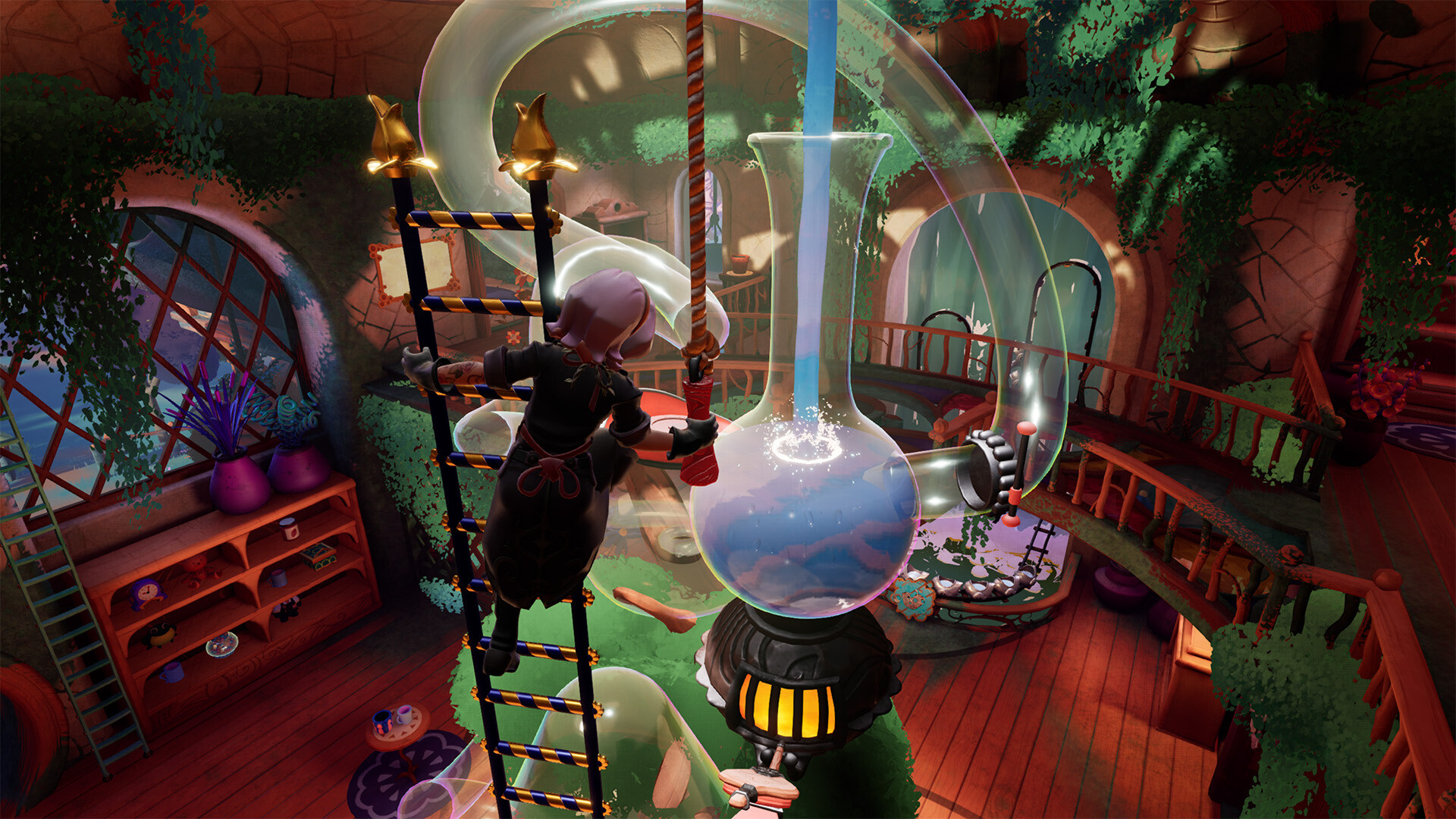
Yet beneath the cosy aesthetic and charming mechanics, it's all in service of a narrative that's about a cosy setting that its protagonist Alta doesn't want to be in. She's a warrior who only cares about victory in battle, but after running into successive defeats is on her way to train with a master until she finds herself lost in a forest, exhausted and unable to even pick up her own sword.
Rather than resting, relaxing, and brewing tea, she's restless to get back out there. I then can't help but wonder if there are visual signs that not all is as it seems. If Alta is unable to leave the shop and the forest surrounding it, is it not essentially a prison or purgatory? And what's with the colour of the sky, which makes the time of day ambiguous?
Olujobi is naturally keen to keep schtum on the story, but not without humouring my theories. "Totally based on perspective, it could be a prison, it could also be sort of like a retreat space, but I think it's funny that the tea shop that you play in could totally be seen as a panopticon," they tease. "It definitely wasn't something I was intentionally thinking of, but I totally welcome the analogy!"
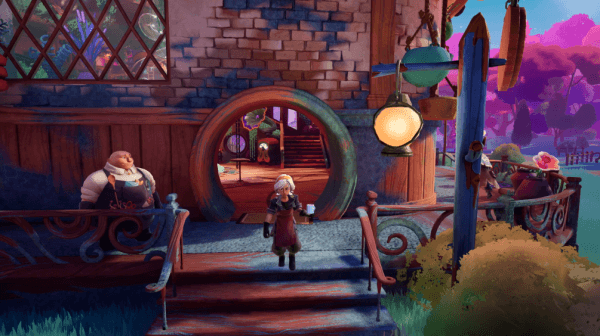
Wanderstop releases on 11 March 2025 for PS5 and PC. Read our guide to the best game development software if you're inspired to create.







